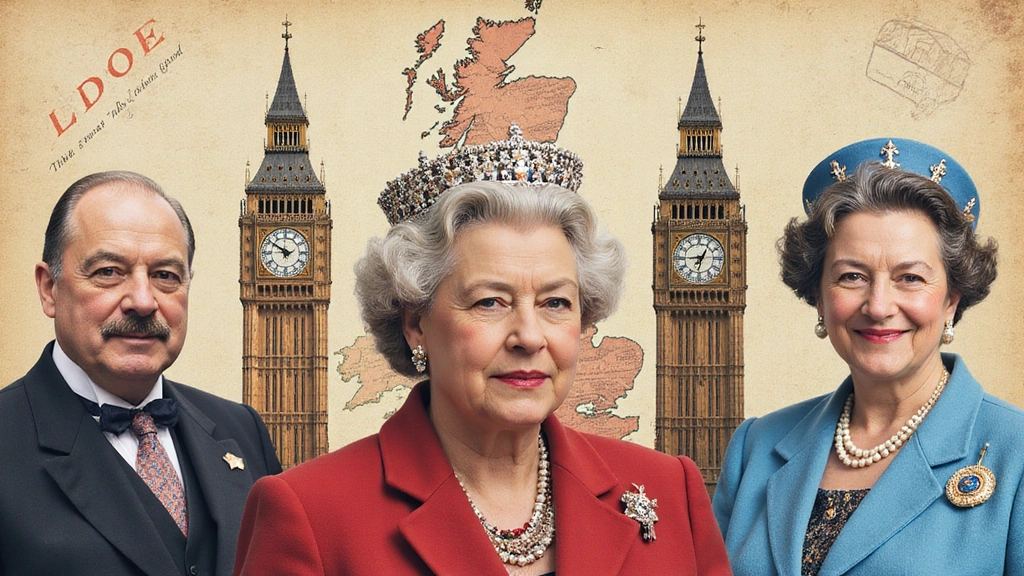Table of Contents
Introduction to Social Care
The social care industry in the UK has undergone significant transformations over the centuries, evolving from informal community support to a structured, multi-faceted system. This article explores its historical roots, key legislative milestones, and the challenges and reforms that have shaped its current state.
Early Beginnings: From Informal Support to Formal Systems
Social care in the UK has its origins in informal networks of family and community support. During medieval times, monastic institutions played a crucial role in providing care for the poor and vulnerable. However, the dissolution of monasteries during the Reformation led to a gap in social support, prompting the establishment of formal systems like the Poor Relief Act of 1601. This act made civil parishes responsible for providing basic care, including housing and employment support, marking the beginning of state involvement in social care.
The 18th and 19th centuries saw the rise of workhouses, which provided shelter and basic care in exchange for labour. While initially intended as a safety net, workhouses became synonymous with harsh conditions and stigma. The Industrial Revolution further strained social care systems as urbanisation and population growth outpaced the capacity of traditional support networks.
20th Century: The Birth of Modern Social Care
The 20th century marked a turning point for social care in the UK. The establishment of the National Health Service (NHS) in 1948 separated healthcare from social care, with the former being free at the point of use and the latter becoming means-tested. The Seebohm Report of 1968 was another landmark, recommending the creation of unified social services within local authorities. This led to the Local Authority Social Services Act of 1970, which integrated various care services under a single administrative framework.
The latter half of the century saw increasing privatization, with over 90% of social care services now provided by the private sector. This shift was driven by financial pressures on local authorities and the growing demand for care services, particularly for the elderly.
21st Century: Challenges and Reforms
The 21st century has brought both challenges and opportunities for the social care industry. The Care Act of 2014 introduced significant reforms, including a national eligibility threshold for care and support, and the recognition of carers’ rights. However, the sector continues to face issues such as workforce shortages, funding gaps, and the integration of health and social care services.
Recent years have seen a push towards digital transformation, with over 70% of care providers adopting digital care records to improve efficiency and patient outcomes. The government has also announced plans for a National Care Service, aiming to standardise care delivery and address long-standing challenges.
Looking Ahead: The Future of Social Care
The future of social care in the UK will likely focus on integrating health and social care services, leveraging technology, and addressing workforce challenges. Establishing an independent commission chaired by Baroness Louise Casey aims to build cross-party consensus on long-term reforms, ensuring the system is sustainable and equitable.
In conclusion, the journey of the UK’s social care industry reflects a continuous effort to balance evolving societal needs with available resources. While significant progress has been made, the sector must adapt to emerging challenges to remain fit for the future.
International Business Machines Corporation, better known as IBM, is one of the most iconic and enduring technology companies in the world. Founded over a century ago, IBM has played a pivotal role in shaping the modern technology landscape. From its early days as a manufacturer of tabulating machines to its current position as a leader in artificial intelligence, cloud computing, and quantum computing, IBM’s story is one of constant evolution, resilience, and innovation. This article delves into the history of IBM, exploring its highs and lows, and how it has managed to remain a global tech brand despite the rapidly changing industry.
The Early Years: From Tabulating Machines to Computing Powerhouse
Founding and Early Innovations (1911–1940s)
IBM’s origins trace back to 1911, when it was founded as the Computing-Tabulating-Recording Company (CTR) through the merger of four companies: the Tabulating Machine Company, the International Time Recording Company, the Computing Scale Company, and the Bundy Manufacturing Company. Initially, CTR focused on producing tabulating machines, time clocks, and other mechanical devices for businesses.
The company’s fortunes changed dramatically in 1914 when Thomas J. Watson Sr. became its president. Watson, a visionary leader, rebranded the company as International Business Machines (IBM) in 1924, reflecting its growing international presence and ambition. Under Watson’s leadership, IBM emphasized innovation, customer service, and employee welfare, laying the foundation for its corporate culture.
During the 1920s and 1930s, IBM expanded its product line to include punch card machines, which became essential for data processing in businesses and government agencies. The company’s machines were used for tasks ranging from census tabulation to payroll processing, solidifying IBM’s reputation as a leader in data processing technology.
The Rise of Computing (1940s–1950s)
The 1940s marked a turning point for IBM as it ventured into the emerging field of electronic computing. During World War II, IBM collaborated with the US government to develop specialised computing equipment for military applications. This experience paved the way for IBM’s entry into the commercial computing market.




